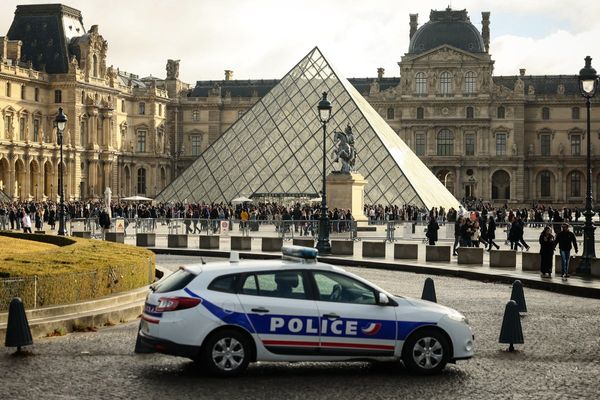Ambitious plans to transform a disused rail tunnel in the Rhondda into the world’s longest digital art space have been branded as "nonsense" by locals. Developers Scott Brownrigg has unveiled plans to transform the Victorian rail tunnel, the Rhondda Tunnel into a major visitor attraction.
The tunnel is the longest disused railway tunnel in Wales and was previously billed to become Europe’s longest underground cycle lane. The two-mile-long Victorian tunnel was built in 1890, connecting the Rhondda and Afan valleys to transport coal to Swansea Bay.
Members of Rhondda Tunnel Service have long been working to re-open the tunnel but have labelled these new proposals as unrealistic. The group have been working to re-open the tunnel as a cycling and walking route since 2014. The plan was given a boost in 2021 when transport secretary Grant Shapps agreed to transfer ownership of the tunnel from National Highways to the Welsh government.
Read next: Inside the incredible disused Valleys rail tunnel that's stood empty for decades
But now, architecture company, Scott Brownrigg, has drawn up the proposal to transform the tunnel into a major visitor attraction, with hopes to bring further tourism to the Welsh Valleys. The tunnel has been designed alongside a digital art consultancy, Lumen Art Projects, to bring innovative installations that will tell tales of the tunnel's past.
The new plans would include a visitor centre with art galleries, a cafe, a hotel, an external performance space and a digital theatre. It will also include a 40m viewing tower, to allow visitors to see views of the surrounding landscape.
However, locals believe the architectural plans are unrealistic, and many members of the Rhondda Tunnel Service - who previously planned for the tunnel to be refurbished as a cycle lane and walkway - are opposed to the plans.

Tony Moon, Project Secretary of the Rhondda Tunnel Service said: “It’s nonsense quite frankly - they say there’s a number of air shafts in the tunnel - actually there’s only one. They want to put a tower on the top for views - it’s in the middle of the village, so it’s not high enough to see anything. They want to separate cyclists and walkers by putting walkers up on a higher level than cyclists - but the tunnel is only five metres high, so there’s no room. It’s a stunt for an American architecture award, drawing very little relation to reality.
“Reopening the tunnel and making it a walk and cycle route with an artist exhibition would be great, as we do need to put things in the tunnel to interest people, as it’s an hour's walk from one end to the other. But we want to see realistic ideas implemented in a single-track railway tunnel.”

The two-mile long Victorian tunnel was constructed by the Rhondda and Swansea Bay Railway in 1885. It was engineered by Sydney William Yockney, son of Samual Hansard Yockney, who worked for Isambard Kingdom Brunel on other tunnel projects.
Work on the tunnel started from both ends in 1885, at Blaencwm in the Rhondda and Blaengwyfni in the Afan Valley, with tunnellers facing dire conditions. Several injuries and deaths were caused by rockfall and explosions. It first opened in 1890, and was used to carry coal trains to Swansea Bay until its closure in 1968, with entrances to the tunnel at both ends having been buried.
READ NEXT:







